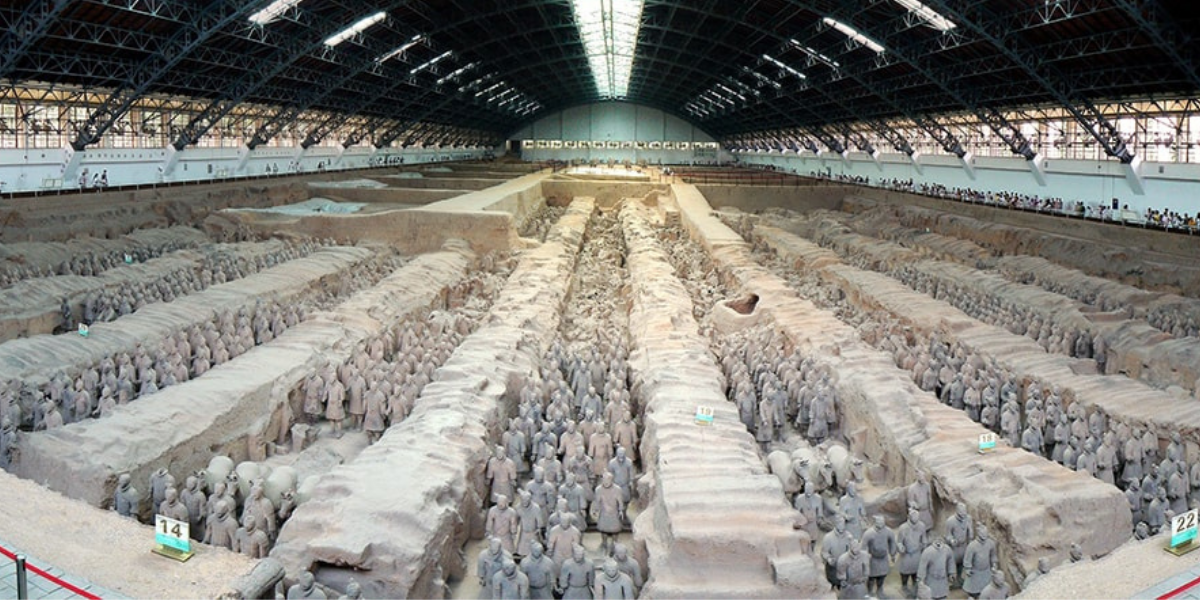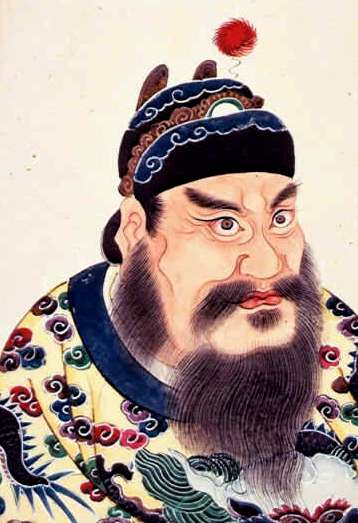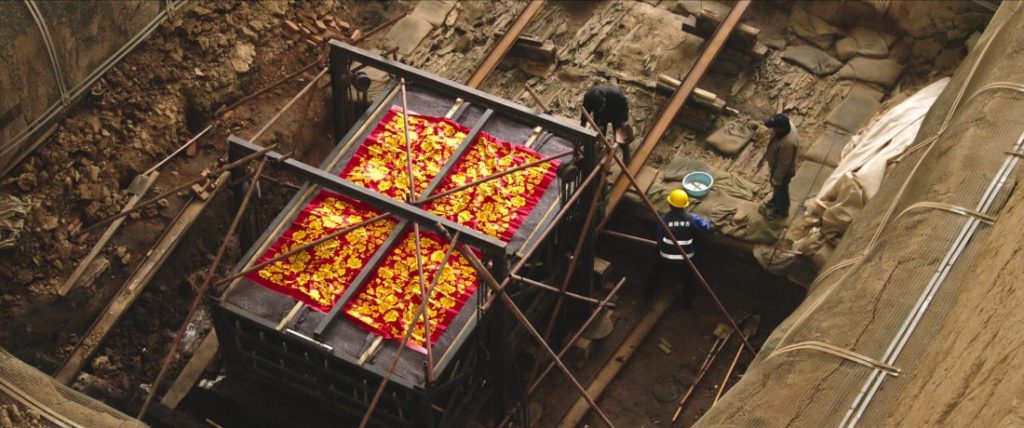
6,000 life-size terracotta warriors guard a treasure-laden burial chamber
A new treasure-laden burial chamber has been discovered in the tomb of Emperor Qin Shi Huang, guarded by China’s world-famous 6,000 life-size terracotta warriors.
Qin Shi Huang was the first emperor of China, ruling from 259-210 BC. He founded the Qin Dynasty and unified China, creating a centralized imperial system. Although he was known for his harsh and ruthless rule, he also left his mark on Chinese history by carrying out important reforms and major projects.
Emperor Qin Shi Huang, who started the construction of the Great Wall of China in order to resist the Hun raids, was a ruler with a personality who was very afraid of death and the afterlife.
Therefore, in order to prevent any harm to his grave and corpse after his death, he had 6000 life-size terracotta soldiers built.

The soldiers were buried in the burial chamber with horses, chariots and all other equipment necessary for war.
The tomb of Qin Shi Huang is the largest mausoleum in the world, covering an area of 22 square miles, most of which has yet to be excavated due to concerns about damage from seismic activity, the elements and looters. A 2010 excavation uncovered a massive palace consisting of 18 courtyard-style houses arranged around a central building. The palace is a quarter the size of Beijing’s Forbidden City and is considered its conceptual ancestor, although this was intended for the emperor to live in after his death.
The most recent excavations found a massive 16-ton coffin hidden with treasures inside a tomb that may have belonged to Qin Shi Huang’s son.
According to the historian Sima Qian (also known as Shiji), who lived in 85 BC, after the death of Qin Shi Huang, his youngest son Hu Hai took the throne after killing all his rivals. Prince Gao told his brother that he regretted not voluntarily following his father into the afterlife and demanded that he be killed and buried in the great mausoleum. Hu Hai was happy to oblige.
Prince Gao’s story may be a complete fabrication. Although the Shiji is a chronicle, like Livy’s Ab urbe condita, it treats legend and tradition as fact. For example, the shrine is said by the Shiji to have “100 rivers of mercury” flowing through it. Perhaps the 100 rivers story was exaggerated, but not entirely fabricated as soil testing revealed mercury levels 100 times higher than normal.

The discovery of a 16-ton coffin in a large burial chamber near the mausoleum of Qin Shi Huang and his terracotta warriors may now bring the legend to life.
The coffin was found to contain very rich grave deposits, including weapons, armor, jade, a pair of gold and silver camels, a set of utensils and 6,000 bronze coins. With such a grand funeral, the deceased must have been one of the sons of the Qin Emperor or even a high-ranking warrior.
“I’m still surprised every time I go down,” excavation leader Jiang Wenxiao said, The Times reported.
“After the first emperor died, his sons all met a bad end, so I am more inclined to believe that this tomb belonged to a high-ranking nobleman or army chief,” Jiang Wenxiao said.
Wenxiao added the following: “The tomb is very precisely constructed. It is very deep, very large-scale. Most ancient tombs have been robbed, so we didn’t have much hope for the coffin chamber. But it turned out it was not robbed. We were amazed.”
Given unprecedented access to the mausoleum and the ongoing excavation, a British-Chinese co-production was able to film the discovery. Premiering June 12 on Netflix, The Mysteries of the Terracotta Warriors will center on the discoveries.
Cover Photo: Terracotta warriors from the mausoleum of the first Qin emperor of China Qin Shi Huang, c. 221-206 B.C.E., Qin Dynasty, painted terracotta, Terracotta Warriors and Horses Museum, Shaanxi, China. Photo: Will Clayton, CC BY 2.0
You may also like
- A 1700-year-old statue of Pan unearthed during the excavations at Polyeuktos in İstanbul
- The granary was found in the ancient city of Sebaste, founded by the first Roman emperor Augustus
- Donalar Kale Kapı Rock Tomb or Donalar Rock Tomb
- Theater emerges as works continue in ancient city of Perinthos
- Urartian King Argishti’s bronze shield revealed the name of an unknown country
- The religious center of Lycia, the ancient city of Letoon
- Who were the Luwians?
- A new study brings a fresh perspective on the Anatolian origin of the Indo-European languages
- Perhaps the oldest thermal treatment center in the world, which has been in continuous use for 2000 years -Basilica Therma Roman Bath or King’s Daughter-
- The largest synagogue of the ancient world, located in the ancient city of Sardis, is being restored











Leave a Reply